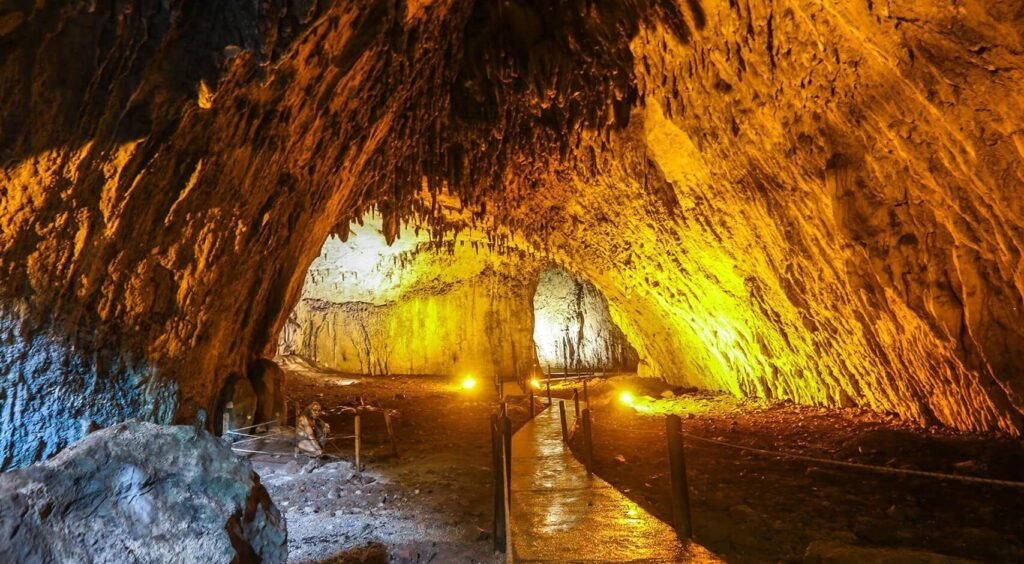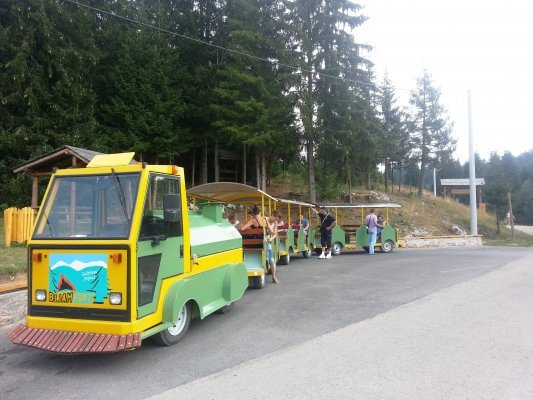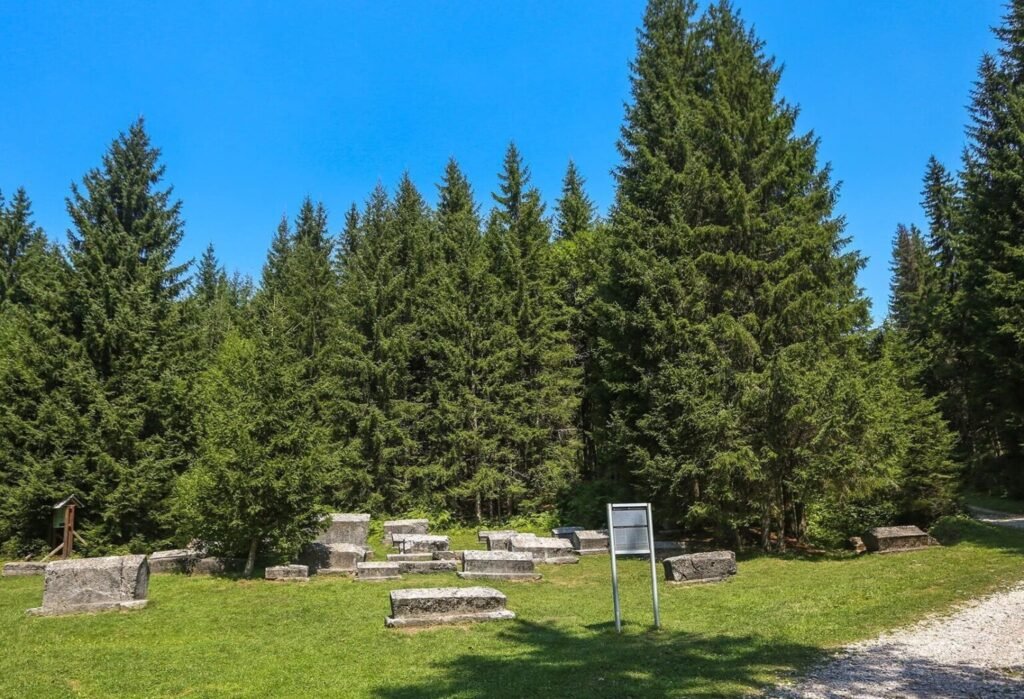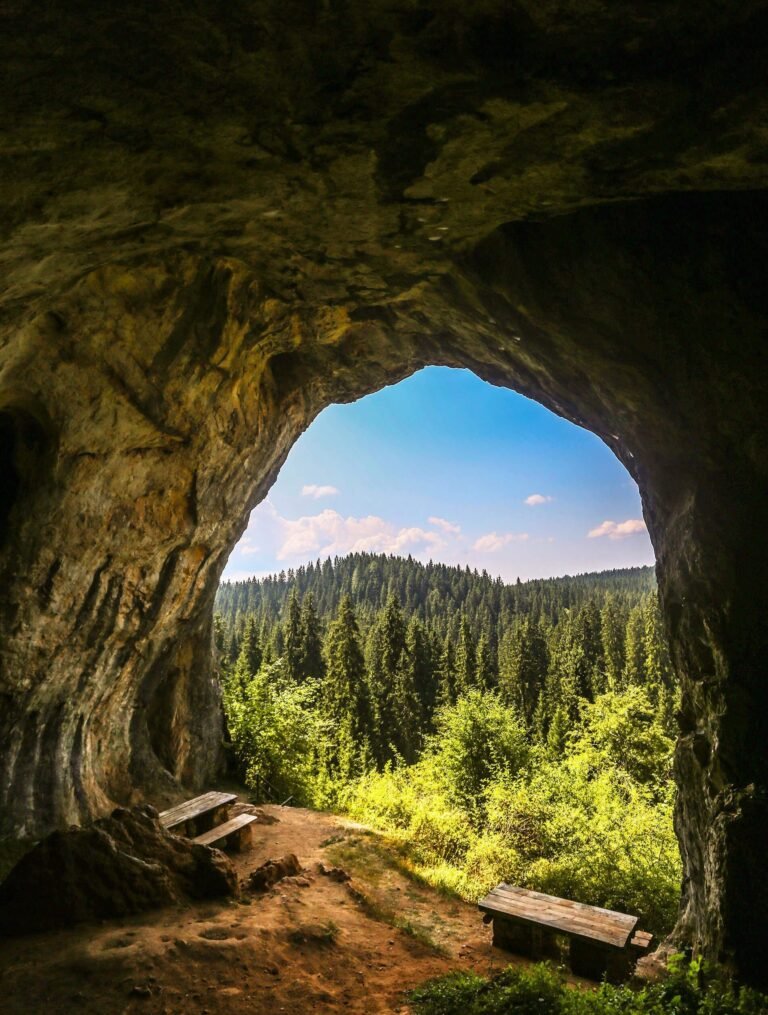Bijambare Speleological Area is a protected natural site located approximately 40 km northeast of Sarajevo, on the Sarajevo-Tuzla Highway.

Bijambare is a group of 8 caves between the settlements of Nišići and Krivajevići, in the area of Ilijaš municipality, Bosnia and Herzegovina.
Since it is located in the karst region, this area is rich in karst phenomena such as karst sinkholes and most importantly, 8 famous caves.
The project financed by the European Commission carried out a complete reconstruction of the cave infrastructure of the Middle Bijambare Cave and its immediate surroundings, and detailed investigations of the speleological objects were carried out. The Bijambar caves were opened for visitors in 2007. An additional attraction at Bijambare is the ecological tourist train.

Bijambare Caves are a speleological complex surrounded by forest, two brooks, small lakes, several springs, and a great variety of mushrooms, herbs, and some rare endemic species. The area is ideal for picnics. It offers visitors access to walking and biking trails, bike rentals, and views of incredible natural beauty. Stećci – medieval tombstones – from the necropolis in Čevljanovići were transferred here. Stećci are a protected UNESCO heritage.

The Bijambare protected area covers 497 hectares and is found at an elevation of 950 meters. The largest cave is called Main Bijambar Cave, Middle Bijambar Cave or simply Bijambare. This cave is 420 meters long and consists of four corridors, the last of which is the largest and is called the “concert hall”. The Central Bijambare Cave is home to bats and crickets and some other species. In Upper Bijambare Cave, the remains of a caveman, a stone processing tool, and the remains of some animals were found.

The Middle Bijambare Cave is a special geological reserve, while the Upper Bijambar Cave is a paleontological monument of nature.
Visit our social media profiles as well:
